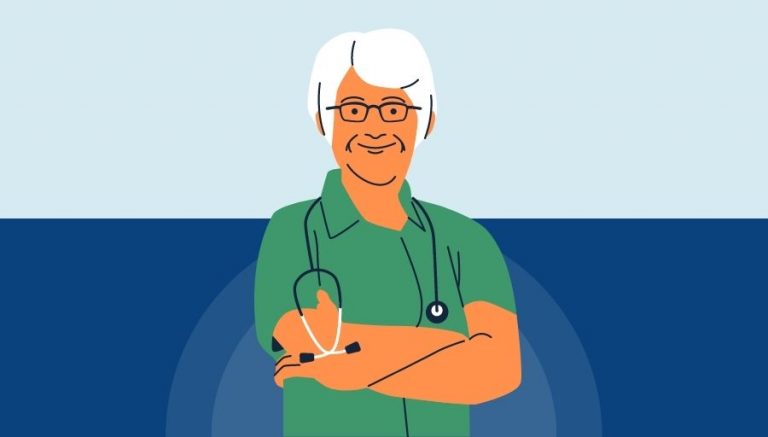How To Use CPT Code 67808
CPT 67808 describes the excision of chalazion under general anesthesia and/or requiring hospitalization, whether it is a single or multiple chalazia. This article will cover the description, procedure, qualifying circumstances, appropriate usage, documentation requirements, billing guidelines, historical information and billing examples.
1. What is CPT Code 67808?
CPT 67808 can be used to describe the excision of chalazion, which are small masses in the eyelid, under general anesthesia and/or requiring hospitalization. This code is used when the provider removes one or multiple chalazia during the procedure. It is typically performed when treating young or uncooperative patients.
2. Official Description
The official description of CPT code 67808 is: ‘Excision of chalazion; under general anesthesia and/or requiring hospitalization, single or multiple.’
3. Procedure
- The provider prepares the patient for the procedure and administers general anesthesia.
- Using chalazion forceps, the provider places them on the lesion and pushes it aside.
- A vertical incision is made into the lesion to access and remove the debris and fibrous tissues.
- The provider flushes the site with sterile saline to clean it.
- Hemostasis is ensured to stop any bleeding from the incision or suture lines.
- The provider administers antibiotics at the site to prevent infection.
4. Qualifying circumstances
CPT 67808 is used when the excision of chalazion is performed under general anesthesia and/or requires hospitalization. It is typically done for patients who are young or uncooperative. Chalazion is a small cyst in the eyelid that results in inflammation of the eye. The procedure involves removing the cyst and any debris or fibrous tissues associated with it.
5. When to use CPT code 67808
CPT code 67808 should be used when the provider performs the excision of chalazion under general anesthesia and/or requiring hospitalization. It is important to note that this code is specifically for the removal of one or multiple chalazia. If the provider removes a single chalazion without general anesthesia, CPT code 67800 should be used. If the provider removes multiple chalazia on the same eyelid without general anesthesia, CPT code 67801 should be used. If the provider removes multiple chalazia from different eyelids without general anesthesia, CPT code 67805 should be used.
6. Documentation requirements
To support a claim for CPT 67808, the provider must document the following information:
- Patient’s diagnosis of chalazion
- Use of general anesthesia and/or hospitalization
- Date of the procedure
- Details of the procedure, including the use of chalazion forceps, incision, removal of debris and fibrous tissues, flushing with sterile saline, and assurance of hemostasis
- Administration of antibiotics at the site
7. Billing guidelines
When billing for CPT 67808, ensure that the procedure is performed under general anesthesia and/or requires hospitalization. It is important to use the appropriate CPT code based on the specific circumstances of the procedure. Additionally, consider using the provided tips for reporting CPT code 67808 accurately. It is also important to note that CPT code 67808 should not be reported if other related codes, such as CPT codes 67866 to 67868, have already been performed in the previous seven days.
8. Historical information
CPT 67808 was added to the Current Procedural Terminology system on January 1, 1990. There have been no updates to the code since its addition.
9. Examples
- A provider performs the excision of a chalazion under general anesthesia for a young patient who is uncooperative.
- During the procedure, the provider removes multiple chalazia from the same eyelid, requiring hospitalization.
- A patient with multiple chalazia on different eyelids undergoes the excision procedure without general anesthesia.
- A provider performs the excision of a chalazion under general anesthesia for a patient who requires hospitalization due to the complexity of the case.
- During the procedure, the provider removes a single chalazion under general anesthesia for a patient with a history of chalazia.
- A young patient with multiple chalazia on the same eyelid undergoes the excision procedure under general anesthesia.
- A provider performs the excision of a chalazion under general anesthesia for a patient with a large and persistent chalazion.
- During the procedure, the provider removes multiple chalazia from different eyelids without general anesthesia for a patient with recurrent chalazia.
- A patient with a single chalazion undergoes the excision procedure under general anesthesia due to the location and size of the chalazion.
- A provider performs the excision of a chalazion under general anesthesia for a patient with multiple chalazia on different eyelids.



